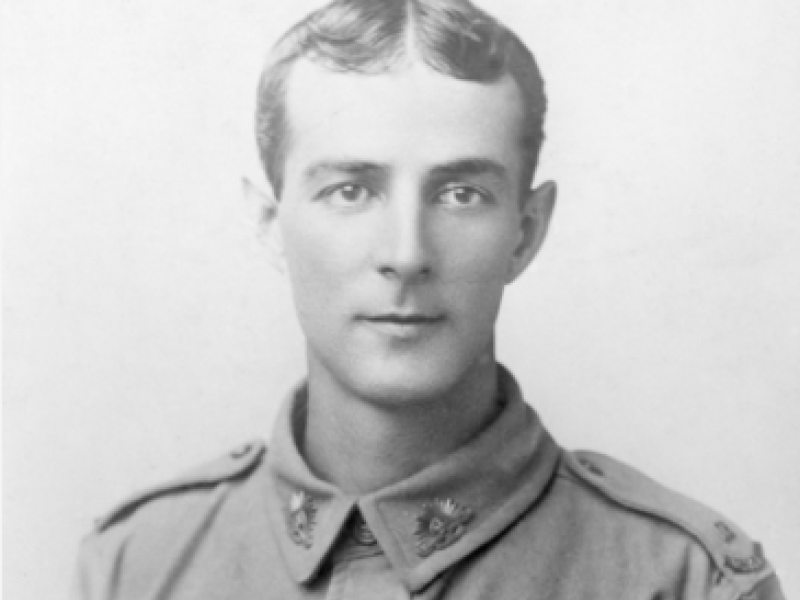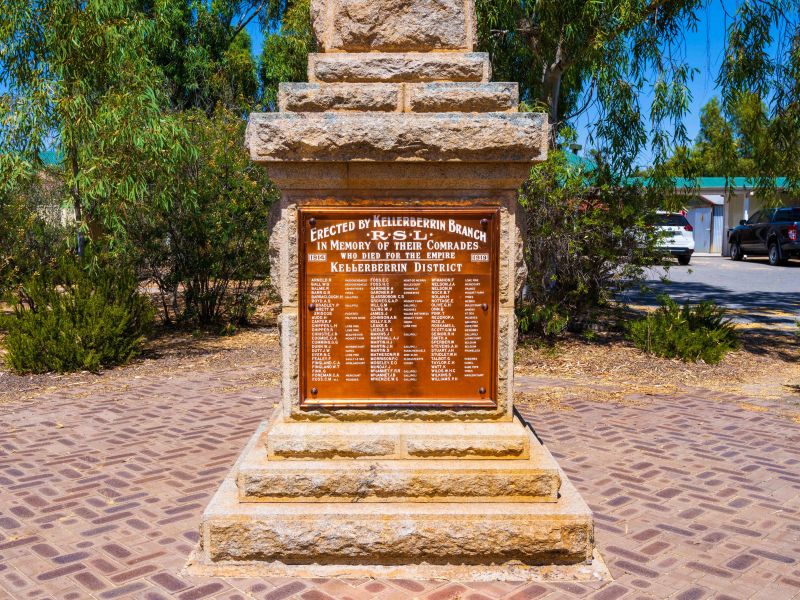Trooper Norman Charles Dyer, 10th Light Horse Regiment
Norman Dyer was born in 1889, one of ten children to Charles and Elizabeth Dyer of Booleroo Centre in South Australia’s Flinders Ranges. After attending state school, and then Muirden College in Adelaide, Norman and worked on the family property of “Holmbush” in Kellerberrin on the Western Australian wheat belt.
Dyer enlisted in the Australian Imperial Force just weeks after the outbreak of war. After four months training in Guilford, he sailed for Egypt as an original member of the 10th Light Horse Regiment.
The 10th Light Horse was sent to Gallipoli as reinforcements following the failure of the landing and the heavy casualties within the Australian and New Zealand forces.
The steep terrain and static nature of fighting on Gallipoli prevented mounted units from participating on horseback. But the 10th Light Horse Regiment and the rest of the 3rd Light Horse Brigade fought as dismounted infantry. They were mainly concentrated around Walker’s Ridge through June and July, before joining the allied attempt to break out of the beach head in the August Offensive.
Beginning on 7 August 1915, the offensive was a series of synchronised attacks along the Anzac positions. From Lone Pine in the south to the Nek in the north, they attempted to draw Ottoman reinforcements away from the main thrust and capture the heights of the Sari Bair Range.
That day, the 3rd Light Horse Brigade made its ill-fated assault at the Nek – a narrow stretch of ground where Ottoman positions were barely 30 metres from the Australian trenches.
Despite a bombardment that failed to destroy Ottoman machine-guns covering the area, the light horsemen charged the Ottoman positions in successive waves. They were met by a fusillade of rifle and machine-gun fire and cut down barely 10 metres from their own parapet.
The 10th Light Horse charged at the Nek after two waves from the 8th Light Horse had been decimated before them. In less than 15 minutes, 230 Australian troops had been killed attempting to rush the Ottoman trenches.
Witnesses last saw Norman Dyer jumping the parapet and rushing into no man’s land at the Nek. Despite later reports that he had been seen in hospital, Red Cross searchers found no trace of him in Egypt or Malta.
Not knowing whether her brother was dead or alive, Norman’s sister, Madeline, wrote to the Defence Department seeking information.
“Can you unfathom this mystery for us?” she wrote in October 1915. “Uncertainty and suspense is worse than the blow”.
Without further news of his whereabouts, Norman remained missing in action. Finally, a court of inquiry held in January 1916 determined that he had been killed in action on 7 August 1915.
Aged 26 at the time of his death, Norman’s body was never recovered from the battlefield.
Today his name is listed on the Lone Pine Memorial, alongside 5,000 Australian and New Zealand soldiers who died on Gallipoli and have no known grave.
Aaron Pegram, Historian, Military History Section
- Australian War Memorial https://www.awm.gov.au/collection/C2278532

 Australian War Memorial
Australian War Memorial